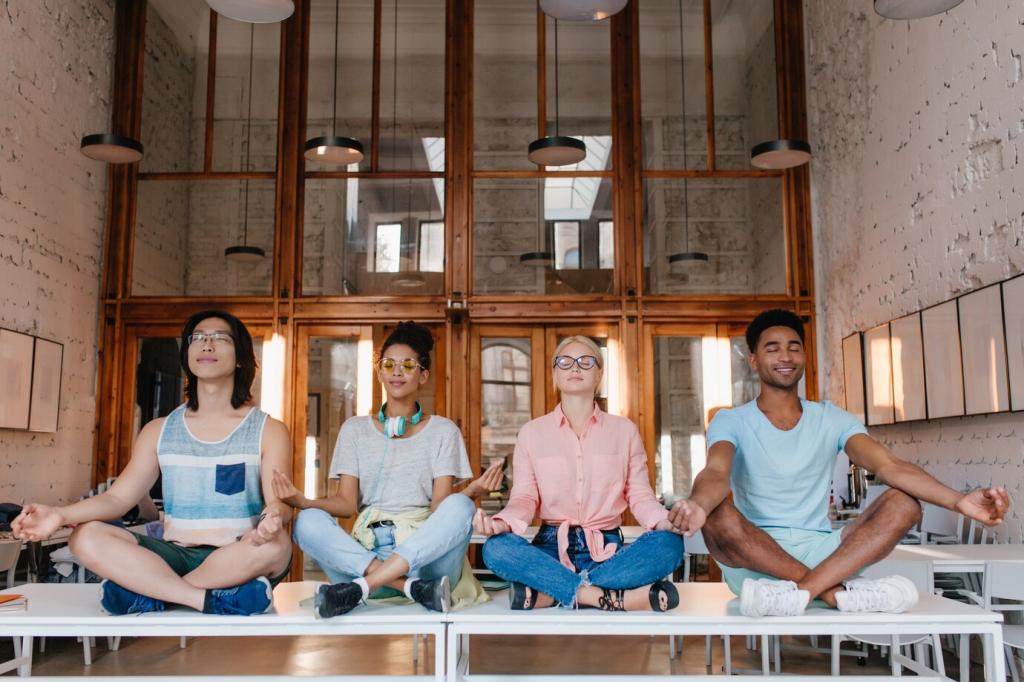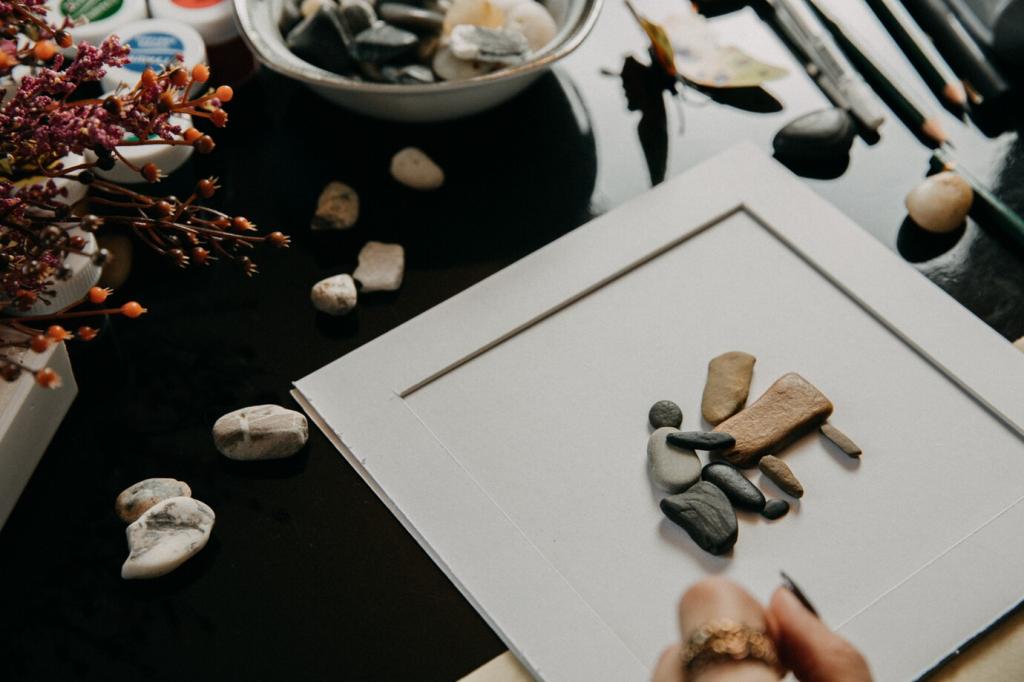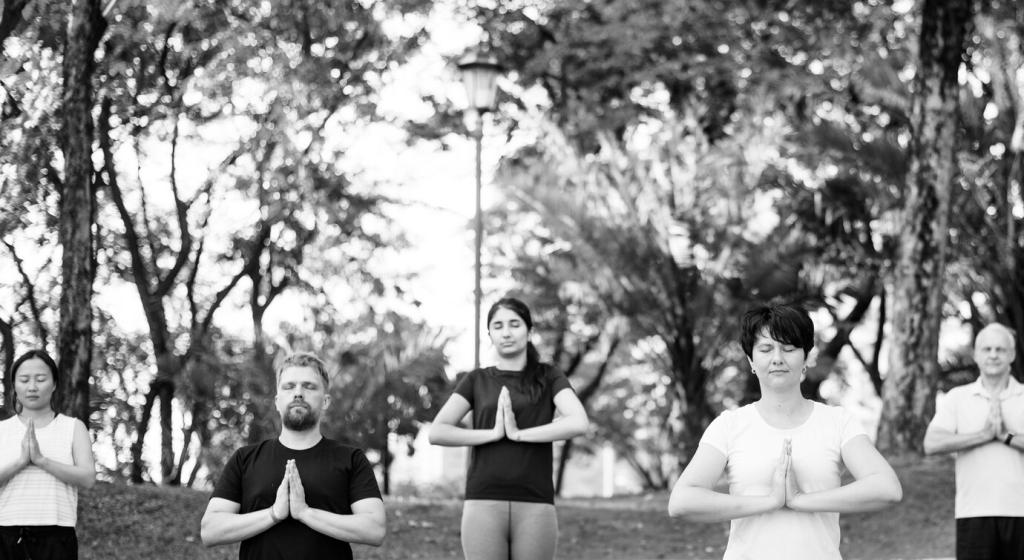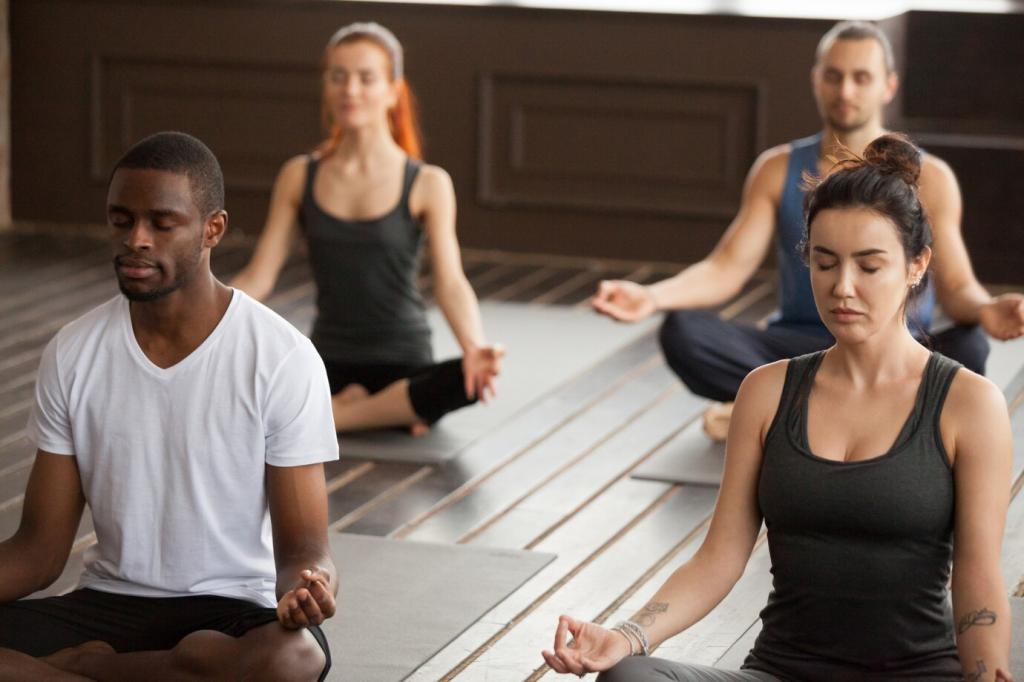Embodied Posture: Lessons from the Little Dancer
Notice the lifted sternum, the grounded feet, the gaze neither defiant nor shy. Try stacking ears over shoulders over hips. If strain appears, soften. Degas suggests form becomes artful only when kindness supports it.
Embodied Posture: Lessons from the Little Dancer
The smallest tensions tell the truest stories. Unclench your jaw, soften fingertips, widen the back of your tongue. As you release, the sculpture’s quiet dignity becomes a mirror; presence expands, yet effort stays honest.
Embodied Posture: Lessons from the Little Dancer
The sculpture once shocked audiences; still, she stands. Practice staying with a sensation for three breaths, even when it feels unfamiliar. Share what stayed with you; your reflection might steady another reader’s practice.
Embodied Posture: Lessons from the Little Dancer
Lorem ipsum dolor sit amet, consectetur adipiscing elit. Ut elit tellus, luctus nec ullamcorper mattis, pulvinar dapibus leo.




